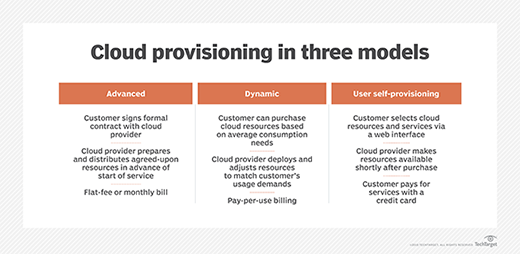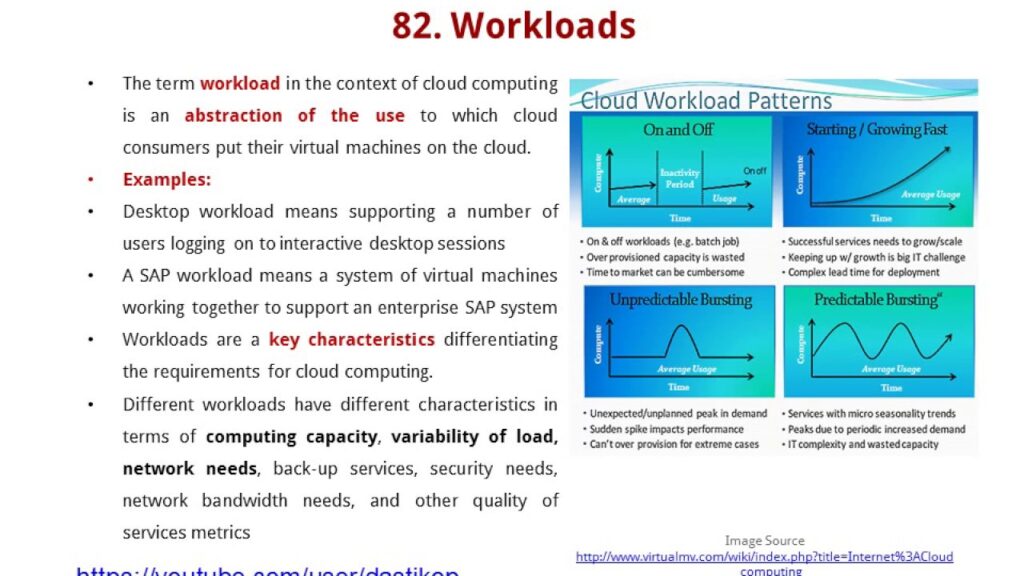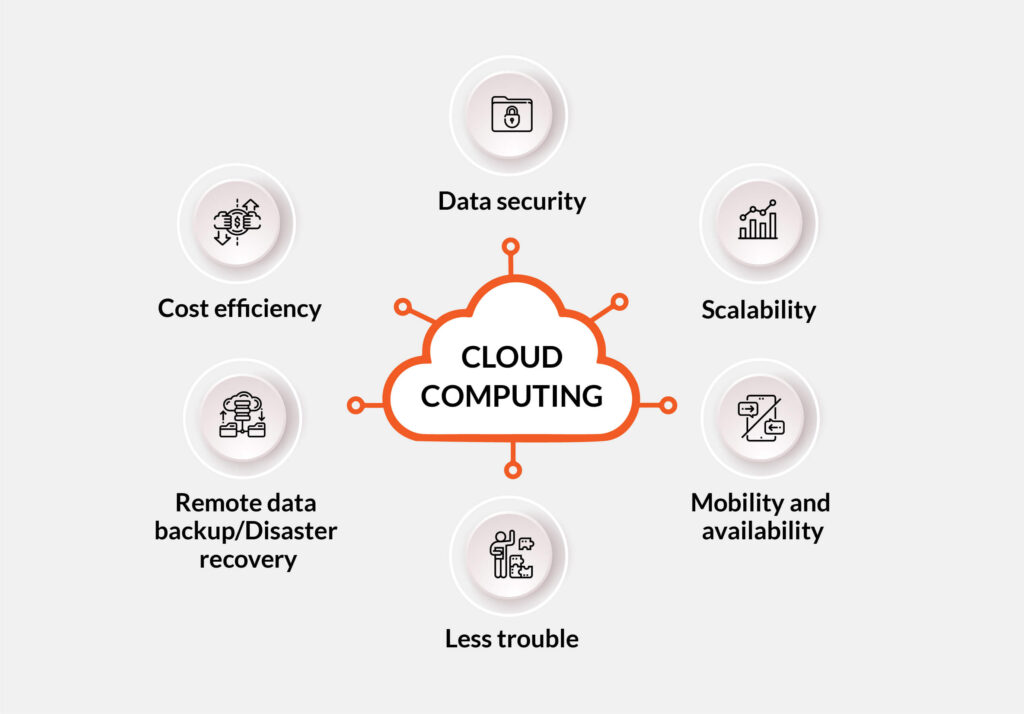In recent years, cloud computing has become the go-to solution for many businesses seeking to improve their IT infrastructure. With the rise of cloud computing, new terminologies have emerged, and one of them is provisioning. If you’re new to the world of cloud computing, the term provisioning might seem unfamiliar to you. However, it’s a fundamental concept that underpins the entire cloud computing model.
So, what is provisioning in cloud computing? In simple terms, provisioning refers to the process of allocating resources, such as computing power, storage, and software applications, to users on-demand. This means that instead of having to invest in expensive hardware and software infrastructure, businesses can rely on cloud service providers to provision resources in a flexible and cost-effective manner. In this article, we’ll delve deeper into the concept of provisioning in cloud computing, how it works, and its benefits for businesses of all sizes.

What is Provisioning in Cloud Computing?
Cloud computing is a powerful and versatile technology that is used for providing on-demand access to a shared pool of computing resources. In this computing model, resources such as storage, networks, and processing power are provided to users on-demand, and they can access these resources anytime they need them. Provisioning is an important part of cloud computing, as it allows users to quickly and easily access the resources they need.
What is Provisioning?
Provisioning is the process of preparing and configuring resources for use. This can include setting up and configuring network connections, storage, and other resources. It also involves setting up access permissions and other security measures to ensure that only authorized users can access these resources. Provisioning is used to quickly and easily provide users with the resources they need.
How Does Provisioning Work?
Provisioning involves a number of steps that must be completed before resources can be used. First, the user must request the resources they need. The cloud provider then verifies the user’s identity and sets up the necessary network connections. Once the connections are established, the provider will then configure the resources for the user. This includes configuring storage, setting up access permissions, and other security measures. Once the configuration is complete, the user can then access the resources.
Advantages of Provisioning
Provisioning provides a number of advantages to users. First, it allows users to quickly and easily access the resources they need. This eliminates the need to manually configure and set up resources, which can be time consuming. It also ensures that the resources are properly configured and secure. Finally, it allows users to quickly scale up or down as needed, making it easier to handle sudden demands.
Disadvantages of Provisioning
Although provisioning has many advantages, it also has some disadvantages. For example, it can be time consuming and costly to setup and configure resources. It can also be difficult to ensure that the resources are properly configured and secure. Finally, provisioning can be difficult to manage, as it requires a lot of coordination between users and cloud providers.
Conclusion
Provisioning is an important part of cloud computing, as it allows users to quickly and easily access the resources they need. It involves a number of steps, including setting up network connections and configuring storage. Provisioning provides numerous advantages such as quick and easy access to resources, scalability, and improved security. However, it also has some drawbacks, such as the time and cost involved in setting up and configuring resources.
Frequently Asked Questions
Provisioning in cloud computing is the process of providing computing resources to the user. It includes selecting, configuring, and deploying cloud resources to enable the user to access the cloud services they need.
What is Provisioning in Cloud Computing?
Provisioning in cloud computing is the process of providing computing resources to the user. This can include selecting, configuring and deploying cloud resources to enable the user access to the services they need. The process involves automating the steps required to configure and deploy a cloud service. This could include creating virtual machines, configuring networks, and provisioning storage.
Provisioning also involves managing the resources within the cloud environment. This may include allocating resources, such as CPU, memory, and disk space, to ensure that the resources are used efficiently and that users have the necessary access to the resources they need. Provisioning also ensures that the resources are secured and monitored, to ensure that the system is running efficiently and securely.
What are the Benefits of Provisioning in Cloud Computing?
Provisioning in cloud computing has several key benefits. It can help to reduce costs associated with provisioning, as resources can be allocated and managed more efficiently. It can also help to reduce the time it takes to provision services, as the process is automated and can be completed quickly. Additionally, it helps to ensure that resources are allocated in a secure manner, helping to protect the user’s data.
Another benefit of provisioning in cloud computing is that it can help to improve the performance of the cloud environment. By provisioning resources efficiently and securely, the system can run more efficiently and reliably. Additionally, it can help to ensure that the user has access to the resources they need, when they need them. This can help to improve the user’s experience, as they can access the services they need quickly and easily.
What are the Challenges of Provisioning in Cloud Computing?
Provisioning in cloud computing can be challenging due to the complexity of the process. It can be difficult to ensure that resources are allocated and managed correctly and securely. Additionally, it can be difficult to ensure that resources are allocated in a way that is efficient and cost-effective. The process also requires a lot of time and effort to ensure that the resources are properly configured and deployed.
Another challenge of provisioning in cloud computing is that it requires a high level of expertise to ensure that the system is running securely and efficiently. It is important to ensure that the system is properly monitored and maintained to ensure that the user’s data is secure and that the system is running reliably. Additionally, it is important to ensure that the system is configured and deployed correctly to ensure that the user has access to the services they need.
What Tools Are Used for Provisioning in Cloud Computing?
There are several tools that can be used for provisioning in cloud computing. These tools can help to automate the process and make it easier to configure and deploy cloud services. Some of the most common tools used for provisioning in cloud computing include configuration management tools, such as Puppet and Chef, and cloud orchestration tools, such as Cloudify and Terraform.
Configuration management tools are used to automate the process of configuring and deploying cloud services. These tools help to ensure that the system is properly configured and deployed. Cloud orchestration tools help to manage the resources within the cloud environment. These tools can help to ensure that the resources are allocated and managed in an efficient and secure manner.
What are the Best Practices for Provisioning in Cloud Computing?
There are several best practices that should be followed when provisioning in cloud computing. It is important to ensure that the system is configured and deployed correctly, as this can help to ensure that the user has access to the services they need. Additionally, it is important to ensure that the resources are allocated and managed efficiently and securely. Additionally, it is important to ensure that the system is properly monitored and maintained to ensure that the user’s data is secure and that the system is running reliably.

In conclusion, provisioning is an essential aspect of cloud computing that allows users to access and manage computing resources on demand. Through the use of automated tools and processes, provisioning enables organizations to scale their operations quickly, efficiently, and cost-effectively. With provisioning, businesses can reduce their expenses on hardware and software, while also improving the delivery of services to their customers.
As cloud computing continues to grow in popularity, it is essential for individuals and organizations to understand the importance of provisioning. By leveraging the capabilities of cloud-based technologies, businesses can gain a competitive edge in today’s fast-paced and ever-changing marketplace. Whether you are a small start-up or a large enterprise, the ability to provision computing resources on demand can help you stay agile, responsive, and innovative in the face of evolving customer needs and market trends.



